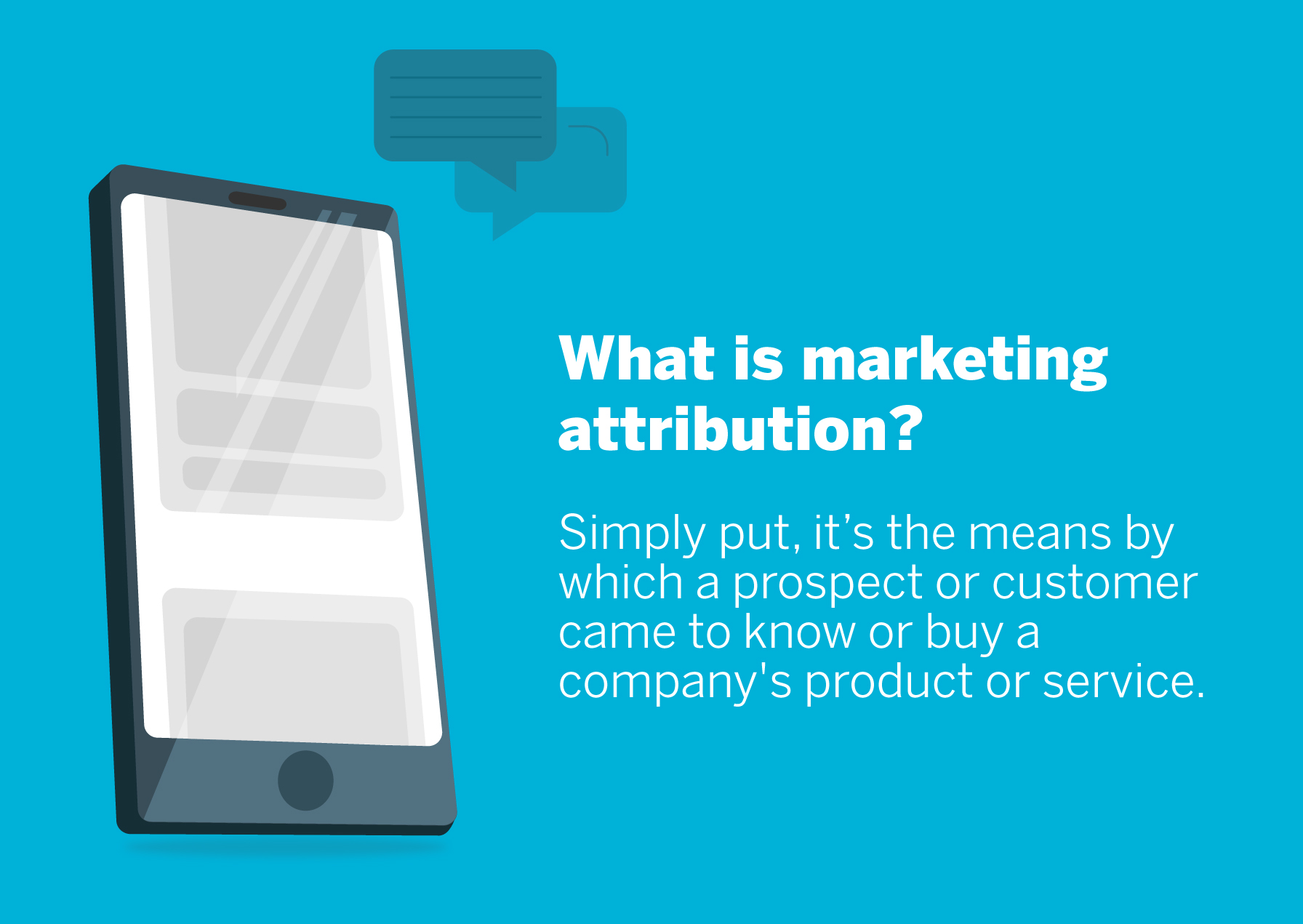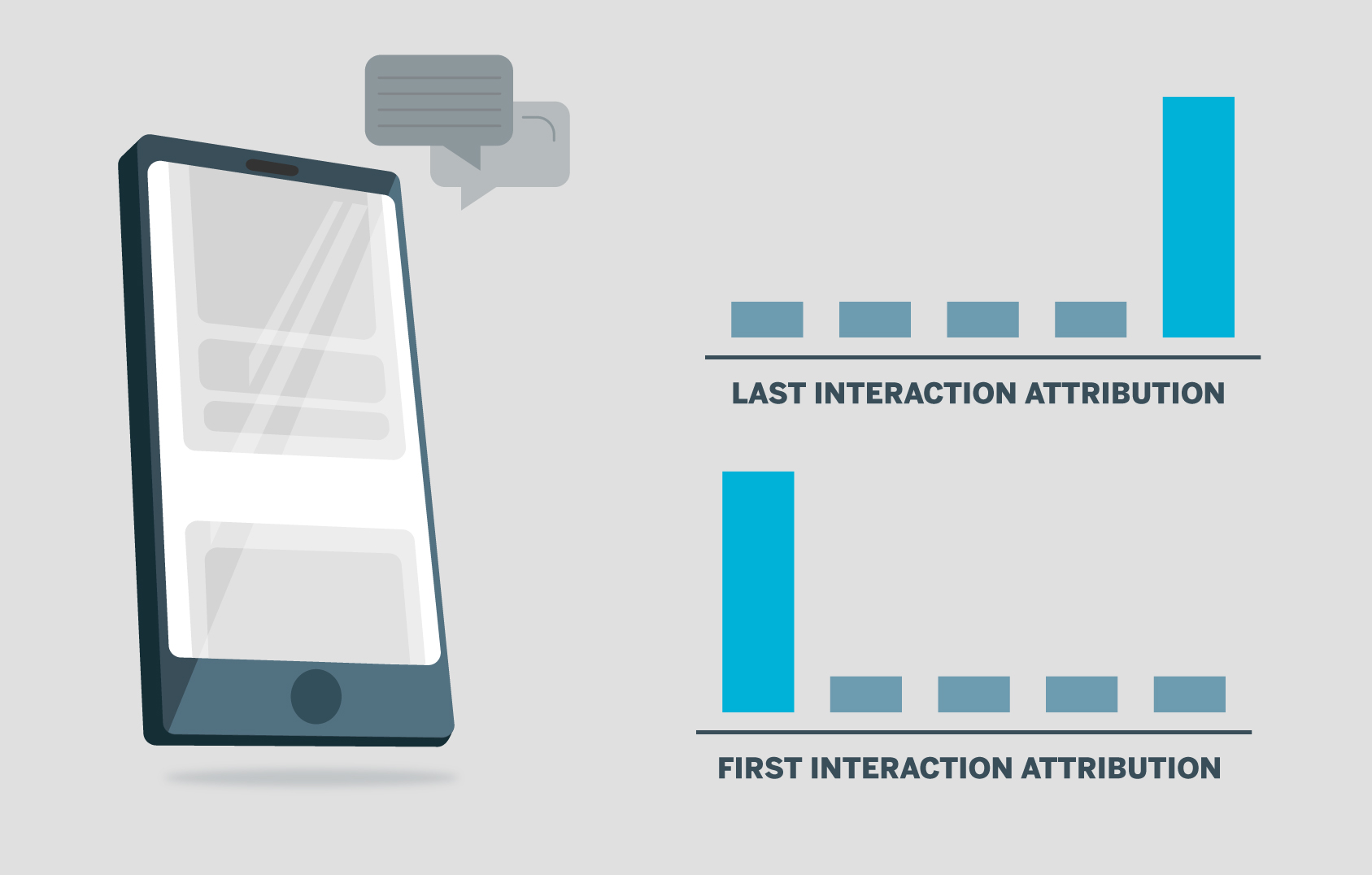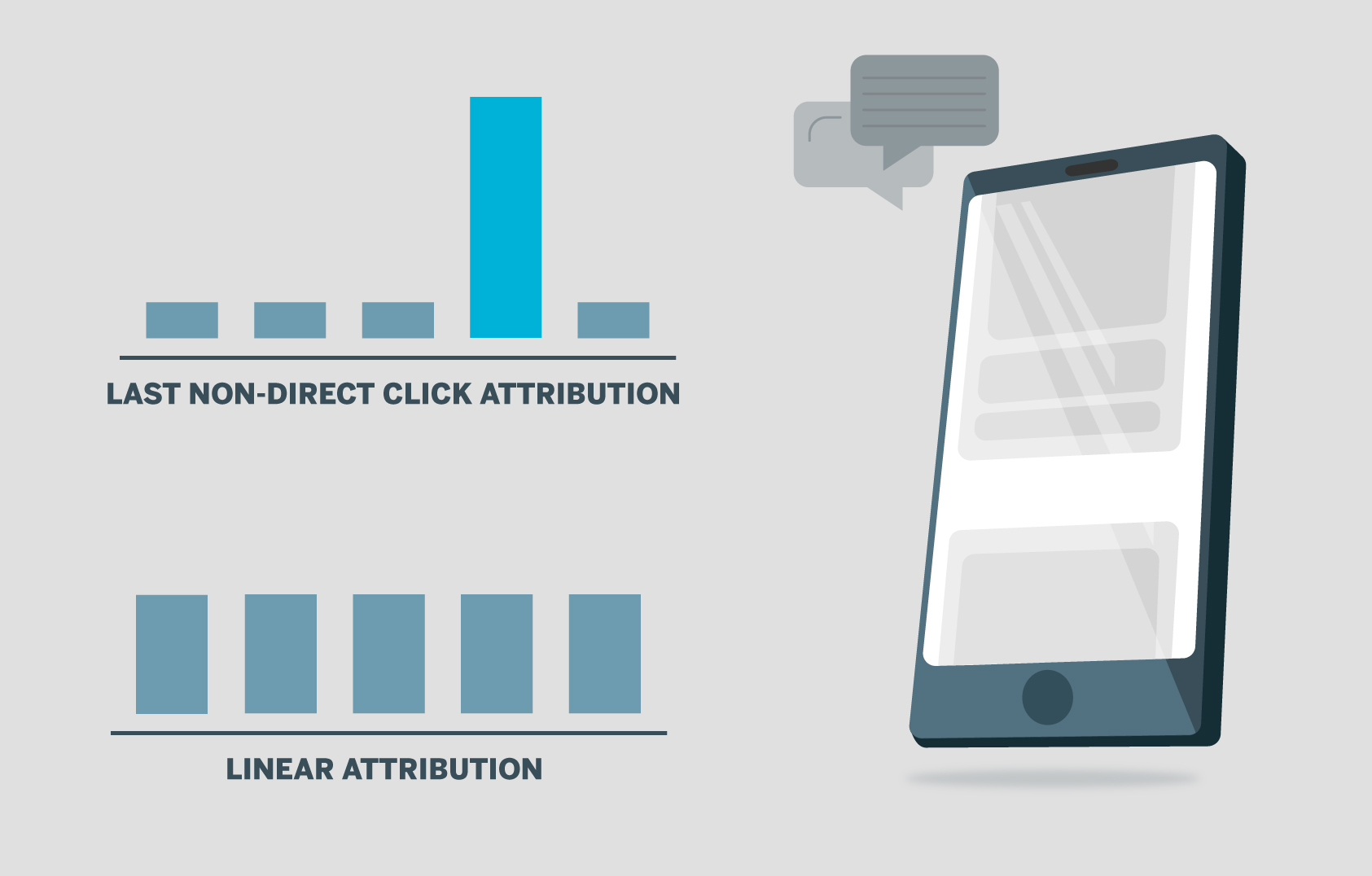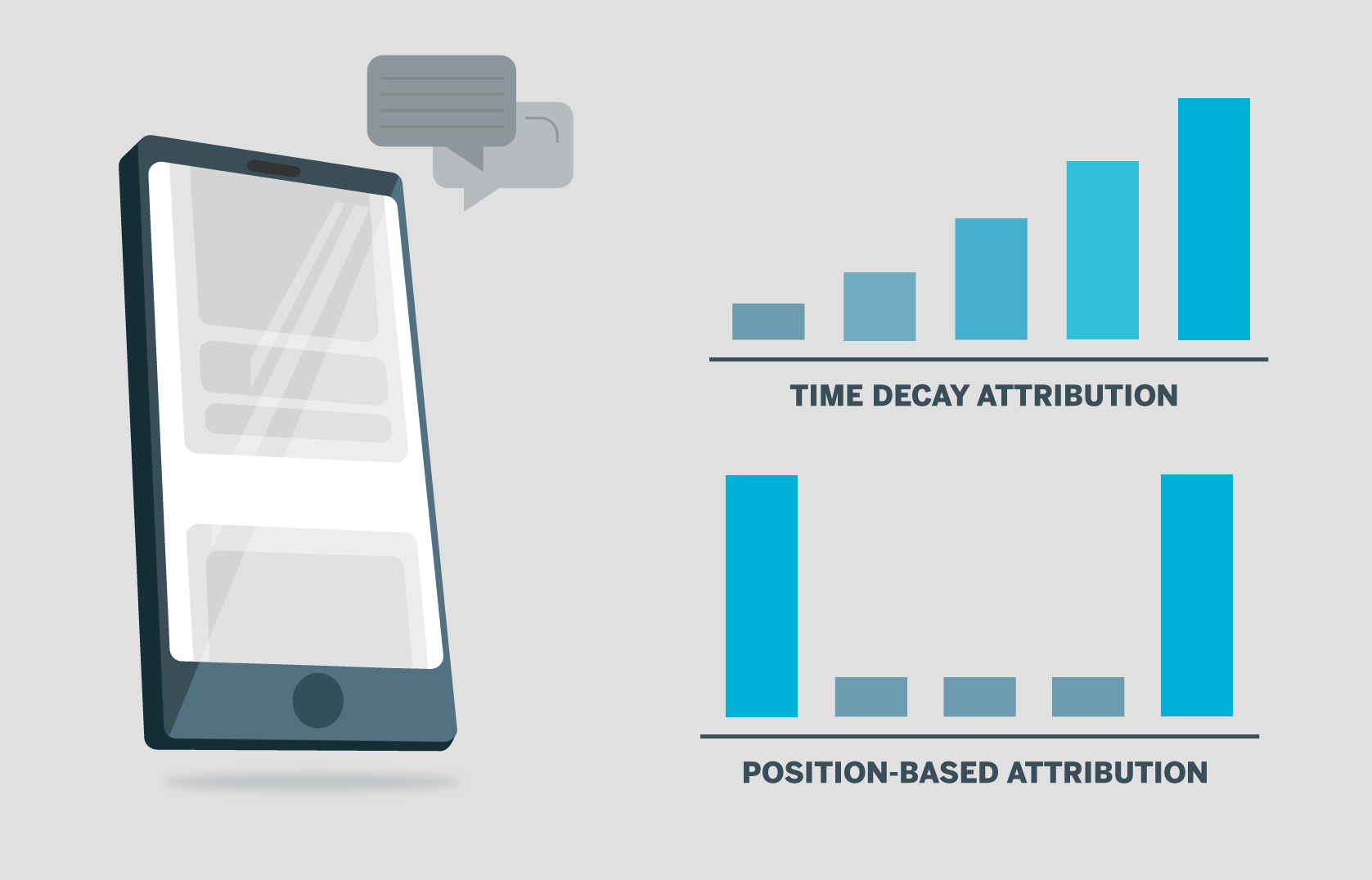Marketing Attribution Modeling Is Killing Common Sense
Your digital marketing technology is handcuffing your progress.
Let me preface this by saying, I was just like you once: obsessed with the idea of solving true multi-touch attribution for all leads and sales. It’s what drove me into digital marketing in the first place. It’s a noble goal, but trying to attribute perfect value to each marketing tactic in a company’s strategy has deprived today’s marketers of their deep understanding of psychology and creativity.
This isn’t to say that all data analytics and attribution data is bad, but rather that it needs to be used for what it really is: directional data at best.
Marketing teams have endless tech options for better understanding the output of their marketing efforts. Each of those technologies measure key attributes: things like traffic, contact collections and influenced revenue. And while some are better measurables than others, all create incentives for the marketing teams to turn a blind eye on how they know their buyers interact with their brand.
The result: the marketer’s focus turns to improving those measurables in order to prove their own success, rather than acting on tactics that they know move the needle with their buyers.
This kills the common sense of marketing and rewards marketing teams for using the channels that are the easiest to measure results.
Before we can correct this, let’s define exactly what digital marketing attribution is and the different types of attribution models.
What is digital marketing attribution?
Marketing attribution is the process of assigning value, or credits, to a touchpoint in the customer journey in order to know which marketing efforts are creating the most opportunities.
Simply put, it’s the means by which a prospect or customer came to know or buy a company’s product or service.

It’s nothing new. Marketing teams have been on a mission to understand marketing attribution since the early days of marketing tactics, branding and advertising. Even more so, leadership teams push for attribution models so they can trim back the marketing team and marketing budget to only the essentials.
How is that done?
Creating an attribution model
Attribution modeling is the exercise of analyzing which marketing channels should receive credit for a conversion. There are a variety of common attribution models that assign credit to different steps and touchpoints in a customer’s journey. None of these models are inherently better or worse than others, and all have gaps in their ability to assign conversion credit.
Marketing attribution models can help a marketing team understand how prospects interact with their brand. Factors like campaign goals, seasonality and which channels are used will all affect which model will work best for a campaign’s analysis. Where all attribution models fall short, however, is in the case of multi-touch attribution, or when a customer journey has multiple touchpoints on multiple platforms over a period of time.
The problem: that describes almost all customer journeys. Rarely will a buyer learn about a product or service and make an immediate purchase without waiting, doing more research, engaging with the brand more or consulting leadership teams.
There are far too many gaps in tracking to truly complete a multi-touch customer journey in an attribution model, because the most common method of tracking users across multiple advertising platforms is through cookies. Thanks to evolving data privacy laws and practices, cookies are becoming more regulated, and the information they collect is becoming less reliable.
Let’s look at how different attribution models assign value to marketing channels.
Common types of attribution models
Last interaction attribution
Due to its simplicity, the last interaction model is the most common type of attribution model. Data analytics platforms like Google Analytics use last interaction attribution as the default conversion model.
The last interaction attribution model gives credit to the last marketing touchpoint. So even if a user has already seen five other ads or pages, the last one they see before converting gets the credit.
This gives too much credit to the last traffic source or final interaction, and doesn’t take into account the various touchpoints prior. In the case of most B2B companies, sales cycles are months (if not years) long. Only giving credit to the conversion-focused marketing efforts (versus brand awareness and consideration) pushes marketing teams to exclusively invest in Google Ads or search engine optimization, or SEO. It fails to attribute value to the demand-generating marketing campaigns that curated that lead in the first place.

First interaction attribution
A first interaction model (or first click attribution model) gives credit to the first marketing medium a user interacted with—the opposite of last interaction modeling. This means that if a user clicks on a Facebook ad, then peruses your social media pages, signs up to receive marketing emails and eventually makes a purchase after searching for your brand in Google, that the Facebook ad would receive 100% of the credit for the conversion.
Just like last interaction attribution, first interaction attribution is flawed in that it forgets the awareness, consideration and decision stages of the customer journey are different. It also often loses its trail of customers due to the deletion of cookies or customers moving through multiple platforms.
Last non-direct click attribution
The last non-direct click attribution model is the modeling method that assigns conversion credits to the very last traffic source prior to a customer interacting directly with a brand’s website.
An example: a customer interacts with a Facebook ad. Later, they remember the ad and go directly to the company’s website and convert. This attribution model does a good job of recognizing that after being exposed to marketing communications, users often convert later as direct traffic. What this attribution model fails to do is value non-click generating marketing strategies, like branding and OOH ads, or if users clear their cache prior to going directly to a brand.

Linear attribution model
The linear attribution model gives equal credit to all marketing channels throughout a user’s conversion process. This means that if a user interacts with four separate marketing campaigns, each marketing campaign will receive 25% credit for that conversion. The linear attribution model acknowledges multiple touchpoints typically happen prior to a conversion, but instead of valuing which campaign was most influential, it values each behavior equally.
Time decay attribution
The time decay attribution model is comparable to linear attribution in that it assigns credit to each of the touchpoints in a customer journey. The difference? It gives weighted value to the touchpoints closer to the point of conversion and less value to top-of-funnel efforts. The idea here is that the tactics that finally lead to the conversion had the most influence, but the top-of-funnel tactics still hold some value in the entire conversion journey.
This attribution modeling type appeals most to B2B businesses and companies with longer sales cycles. However, it’s still imperfect: the time decay model struggles with reporting accuracy, as data privacy technology obscures user-identifying data.

Position-based attribution
Finally, position-based attribution, also called first and last interaction attribution, is an interaction model that gives the most credit to the first and last interactions. This is also called U-shaped attribution. The idea behind the position-based attribution model is that the first interaction exposed a user to a brand, they may have touchpoints in between, and then there is a final interaction that influences the user to make a purchasing decision. It’s still not ideal, for all the reasons listed above.
The right attribution model for your brand
Unfortunately, there’s no perfect attribution model—but there’s value in each in certain situations. However, most marketing technologies won’t be able to utilize each model, and most marketers are handcuffed by whichever attribution model, or models, their technology uses. In the end, it all comes down to understanding your options and what attribution model makes the most sense for your brand.
A return to common sense
“A change in perspective is worth 80 IQ points.”
So said Alan Kay, a pioneer in computer graphics. And for marketers that rely too heavily on their attribution models, no matter if they’re using non-direct click, last-interaction model or even a custom attribution model, a change in perspective is absolutely necessary.
Marketers today often base their entire marketing strategies on what results their Google Analytics can prove effective, instead of customer needs or how customers interact with the world. This creates a systematic marketing strategy for a non-systematic company that solves unique problems.
This isn’t a burn-everything-you’ve-bought moment—attribution modeling can still be helpful. Rather, we suggest shifting your mindset away from “attribution is everything” and returning to the mindset that the customer is always right. The marketers who invest in understanding how their customers interact with the brand across multiple mediums, where they spend their time and why they make purchasing decisions will be rewarded in the long haul.
Meanwhile, utilizing attribution modeling technology to understand how prospects interact with marketing channels and content will fill gaps where marketers can’t talk to a customer directly.
Be where your customers are
Despite the rise of new advertising platforms, new technologies and new ways to reach prospects, the fundamentals hold true now more than ever. Customers are bombarded with conversion-focused Facebook ads and emails for demo sign-ups because these are easy to track, not because they necessarily return the best results on a consistent basis.
Think about your own experiences. How often does the ‘Click now!’ ad resonate with you? Does it ever? Of course it doesn’t—because it doesn’t bring the viewer value.
In order to be truly scroll-stopping, brands need to make themselves synonymous with solving a customer’s problem and be present where future customers spend their time. Understanding where your prospects are online and how they interact with content on those platforms can drastically change your strategy. For an industrial manufacturer, that could be the difference between sending hundreds of demo emails, creating a robust paid search campaign or creating weekly use guides for their products on LinkedIn.
Once a brand identifies where its audience lives, the next step is to provide value to its audience on that platform. Unless your business sells t-shirts, prospects rarely stop at the first organic social post or ad and convert. That means your business needs to create a brand that aligns with its audience and provides that audience with something meaningful. This is where content creation and distribution come in.
Stay inside the platform
Social media and advertising platforms are doing everything they can to keep users engaged and active on their platform. But as marketers, our job is usually to pull users off those platforms to our websites. Why?
Doing this is trying to swim against the current. Those platforms will always favor content that keeps users on the site, not the other way around. ‘Dark social’ channels provide little to no insight on how users are interacting with a brand unless they move to its website, so marketers continue to drive traffic elsewhere.
By creating platform-specific content, and using the platform’s paid channels, brands can provide value to their target audience, expand their reach and stay in favorability with those platforms. But to do this, marketers have to be willing to give up visibility and trust their gut.
The brands that shift their primary marketing strategy from closing today’s opportunities to growing tomorrow’s opportunities through in-platform value-adding content will be the brands that win out.
For those that wander
But, alas, prospects don’t spend 100% of their time on social media—and there’s still a need for discovery and conversion-focused tactics. This is where attribution models can help identify which tactics make sense to invest in and where marketers need to rely on tactics that just make sense.
An investment in SEO and search engine marketing, or SEM, like Google Ads, will help attract prospects who know they have a problem and are actively looking for a solution.
Other smart investments?
Utilizing a display ad campaign to expand the reach of your brand, and prompt users to come your website later through organic search or as direct traffic.
Taking advantage of email marketing as another means to distribute value-adding content instead of spamming inboxes with demo requests.
Serving retargeting ads to drive users back to platforms in which they consume content to further prove the value of your business.
These tactics all have shortcomings when it comes to tracking, but they help move the needle and drive prospects from consideration to purchase.
What’s next
Data privacy laws are changing the era of the ‘walled gardens’ of data. Businesses (and marketing teams) that cling to vanity metrics will be left in the past.
Marketers who rely on their instincts (and perhaps some direction from their attribution modeling) and return to deeply understanding their customers will be rewarded. Businesses who shift focus back to creating brands that align with customer values will reign. And brands that solve problems and create value for their prospects instead of bombarding them with click-bait ads will rise above.
It’s time to trust your common sense again.



